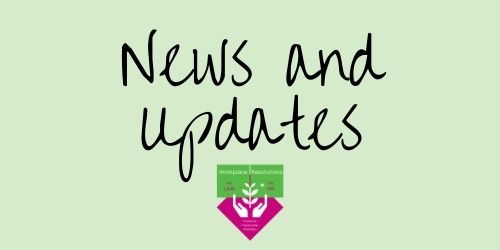It was my first year of teaching in a Victorian country school of some 300 students. At the first staff meeting I attended (all aquiver with enthusiasm and nervousness) the issue that concerned the school principal wasn’t school inductions or literacy rates but the mess in the staff room.
Why were there dirty cups in the sink? He wanted to know. He was so frustrated about the dishes that he said he had just drawn up a roster which would mean that the women would now have to take turns to do the dishes according to his list and it was terrible he had had to formalise the arrangements. That nobody objected to the absence of blokes on the roster was par for the course back in the days when Neanderthals roamed the planet.
The gender bias that existed in our school was confirmed by the fact that all the senior positions, including that of the principal, were filled by the men. Even though 80% of staff were female.
That we have come quite a way in the past few decades as far as women’s rights are concerned is a relief but then sadly, when it gets down to the hard-core issues of pay equality and leadership, there is still heaps of work to be done.
Last year Women’s Agenda reported on a study written by independent researcher Kevin McGrath which revealed that male teachers continued to be promoted in public schools at a higher rate than female teachers. Women’s Agenda journalist Jessie Tu quoted McGrath as saying, “There’s historically been more men in leadership roles, and this has been taken as this glass escalator effect. One of the reasons given for the male preference in leadership roles given by McGrath was that “men are perceived to have the stereotypically masculine characteristics.”
When we look to the issue of income, even in female dominated industries such as healthcare and education, there are still persistent gaps. Wendy Tuohy reporting on research from the Workplace Gender Equality Agency (WGEA) pointed out that in healthcare, the gender pay gap was 14.4 per cent and in education and in training it is 10.5 per cent.
The WGEA report also revealed that men are twice as likely to be in the top quarter of earners, at $120,000 and above, while women are 50 per cent more likely than men to sit in the lowest earnings bracket of $60,000 or less.
WGEA director, Mary Wooldridge, concluded that progress in the workforce was “way too slow given the benefits we know gender equality brings men, women and communities, businesses and the economy as a whole.”

